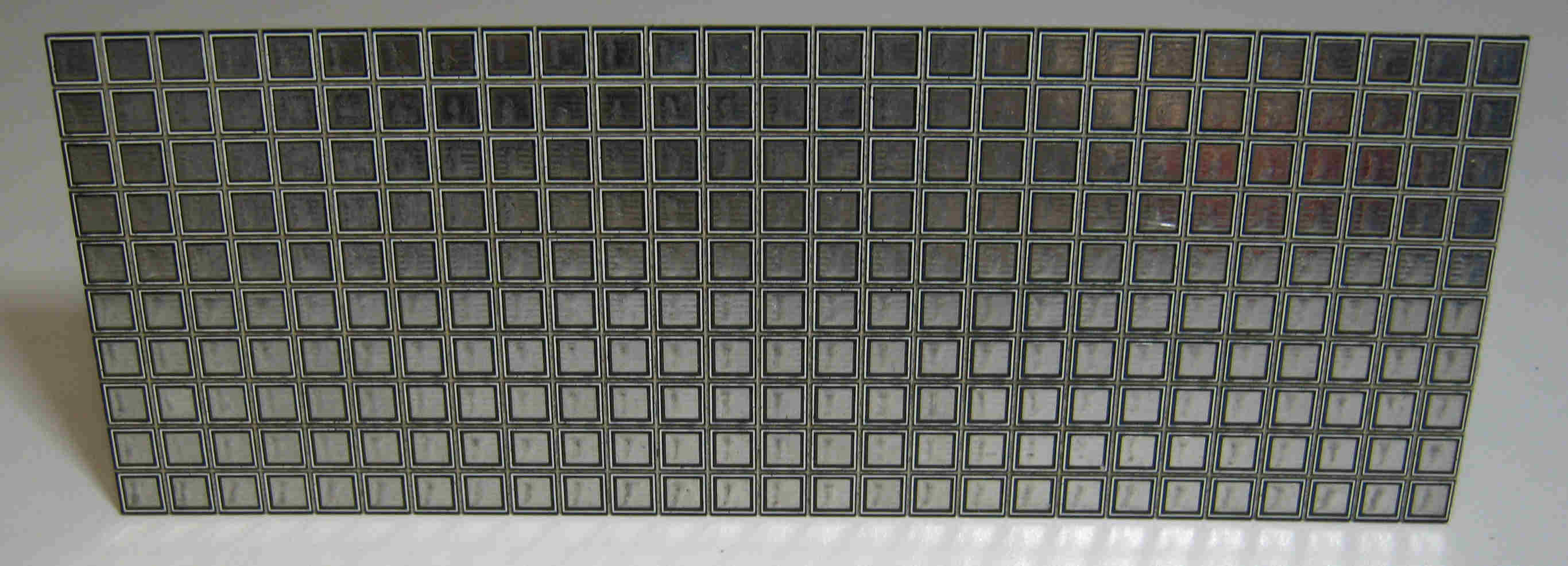Up to now this winter I have confined my MF activity to receive only as I have had no suitable system of antennas for TX. Andrew
G6ALB is ordering me some earth rods, so I hope to put in place a better earth-electrode "antenna" for 474.2kHz TX soon, possibly with Andrew's help. My recent stroke more or less put a stop to ladder, antenna and earth-electrode work sadly. I am improving but have a way to go still yet. I have managed to prune a few roses, but just this exhausted me! A visitor today (for 45 mins only) left me breathless.
It will be interesting to see how a longer baseline earth-electrode system works at the new QTH on MF I had great success with the 20m baseline system at the
old QTH in earlier years and the new one SHOULD be longer. It will also be interesting to compare performance on LF and VLF. A lot depends on buried pipes and cables. The position of the new earth rods should be optimal in the space I have.







